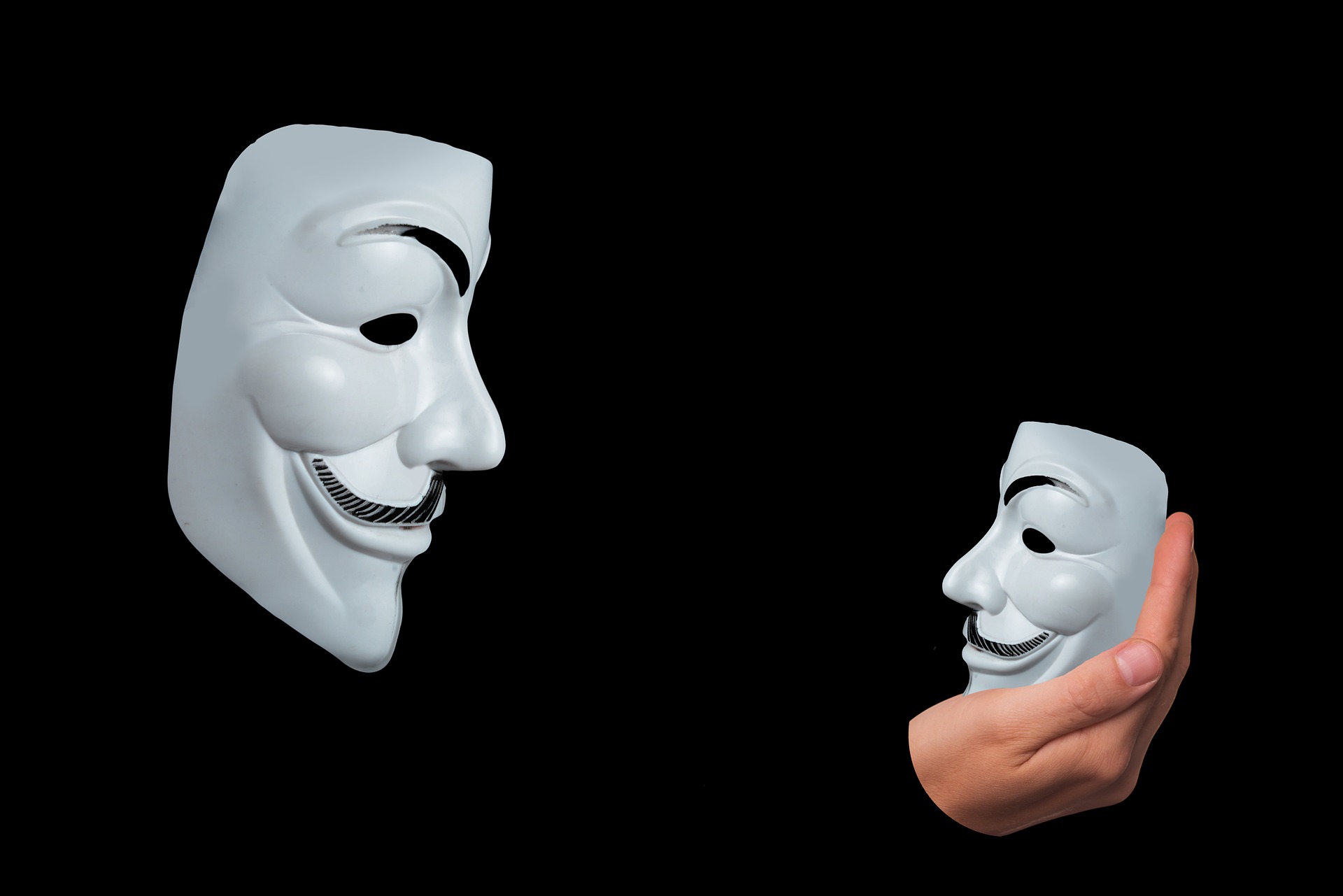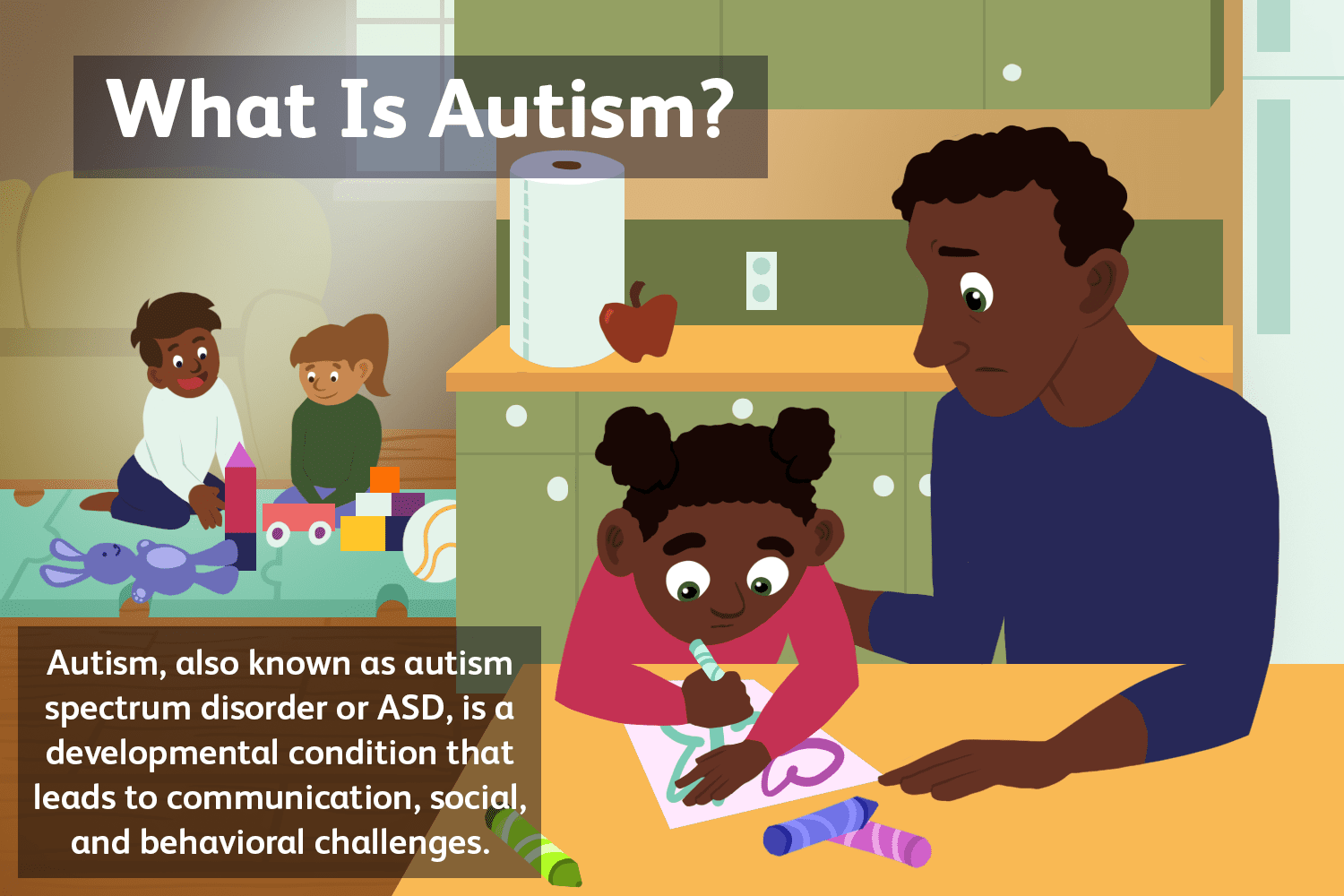Embracing Fear and its Deep Rooted Existence
By: Sanjana Dash
Education & Learning, Feature Articles, Psychology, Social & Youth development,

There is a fellow who lives with you day and night. He sleeps and wakes up with you and follows you to your workplace. The two of you travel together and eat together. Maybe he’s sitting with you right now as you read this article. Please take a look around, you may find him. You may temporarily forget about him when you’re relaxing by the beach on a weekend break. Then all of a sudden, he comes to your mind. Can you guess who he might be? That’s right, it’s Mr FEAR– a four-letter word that has the power to either drive you to action or restrain you in every way. No one can escape it. However, embracing fear in various forms is a good start.
What is Fear?
Fear is a natural and primitive emotion that lies deep within us. It warns us of potential danger, both real and imaginary. You carefully watch your step as you climb downhill to avoid twisting your ankle or losing your grip. Fear directs us to be careful.
Delving into Fear
Before embracing fear, let us first understand it a little better.
Fear is about that which does not exist, i.e. the unknown. You cannot fight or overcome something you cannot see. In contrast, we can easily overcome something that exists.
Most of us love watching horror movies, but the real challenge is what happens after. As a result of watching a horror movie at night, you are afraid to sleep alone or even use the restroom on your own. You turn on the safety lights and cover yourself with a blanket just in case. Sounds familiar, doesn’t it? One horror film can set us all on edge the entire night.
There are Five Significant Characteristics of Fear
1) Fear is physical– You experience fear in your mind, but it leads to a strong physical reaction in your body. Fear triggers your nervous system to start its fear response as soon as your ‘amygdala’ (a small organ in the middle of the brain), an organ in the centre of your brain, is activated. Your body starts preparing for a fight. In addition, you break out in cold sweats, experience stress and have a racing heartbeat.
2) Fear fogs your mind– While some parts of your brain are speeding up, others are shutting down. The amygdala senses fear, which impairs the cerebral cortex (area of the brain that governs thinking and judgement), so now a person struggles to make good decisions or even think clearly. As a result, you will likely scream or run away from something scary, such as a spider or cockroach.
3) Fear induces pleasure– Why do we love roller coasters, watching horror films or even sky diving? Because the thrills associated with these arouse our brain to produce more dopamine (pleasure hormone). Certain fears excite us, giving us a sense of pleasure.
4) Fear is not phobia– If you’re slightly hesitant to swim on a beach after watching ‘Jaws,’ the movie succeeded in meeting its goal. But if basking on a beach leaves you shivering, terrified, and unable to function, you are in for more than just fear.
5) Fear keeps you safe– Fear is a natural emotion that protects us. It is a complex human feeling that can have positive and negative consequences depending on how it impacts your day-to-day activities.

Image credit- https://bit.ly/3wXdXEq
Why is Embracing Fear Essential?
Fear deals with what may happen, i.e. the possibility. Therefore, we should enjoy it. It is our creation, after all. Don’t you think? What are you afraid of? Isn’t it something you expect to happen or something you think will happen?
You’re an accidental being if you are ignorant about this. You being fearful is good. Or else you may cause enormous harm to yourself.
We live in three dimensions: Memory, Experience and Imagination. Being conscious and aware is the key to being able to experience anything. We can imagine the future, while memories are real and cannot be altered. At the same time, our present is what and how we live. Our imagination is all that we can change.
We all know how fear feels, but do we spend enough time thinking about what our fears mean? Society has conformed us to perceive fear as a weakness. Therefore, for ages, we see fear as something we need to conquer; it’s something we fight and overcome. What if we approached fear differently? What if we saw fear as an incredible act of imagination?
How do we Start Embracing Fear?
To embrace fear, it is best to recognise it, accept it, and then embrace it. Our fears shrink us into small spaces so that we can stay safe. But end up limiting our potential in life.
However, embracing fear does not mean we must continue living with them, regardless of how they become a barrier in our lives. It is essential to seek guidance in this regard.
There are certain fears we can control while some control us. However, before our fears turn darker, we must know how and when to address them.

Image Credit- https://bit.ly/3Ntjf1u
Fear v/s Comfort
Fear and comfort are both necessary and dangerous. You need a fear response that keeps you from jumping off a cliff. But you need to keep your fears in check. How rational are they? If your fear comes from a place that says you would fail and puts you down, you need to learn to set that aside.
Comfort feels good. It is, after all, an easy path and, therefore, much sought after. But if you avoid doing something because it seems uncomfortable, you must change your course. Are you going to spend your life asking yourself, what if?
In fact, the word F.E.A.R stands for, False Evidence Appearing Real.
How to Distinguish your Fears?
We must learn to differentiate between legitimate fears and those we should let go of and seek help for. Embracing fear should not put you at risk. There are three factors to keep in mind:
1) Intensity– How severe is the fear?
2) Timing– Are the fears imminent or immediate?
3) Coping– What can be done to eliminate or cope more effectively with it?
Here are some common fear triggers:
1) Darkness
2) Fear of heights
3) Social interaction or rejection
4) Snakes, rodents, spiders and other animals
5) Death or losing your loved ones.
Slight nervousness before a test or an interview is natural. The problem occurs when you constantly worry and break out in cold sweats without knowing why. Persistent fear can point to anxiety. This can further lead to phobias, panic attacks, etc.

Image Credit- https://bit.ly/3aMswmX
Conclusion
Can you run away from something that is within you? No, you can’t. Fear is integral to us, like joy, sadness, excitement, etc. It would help if you treated your fears like they treat you. For instance, if your fear tells you that you cannot do something, prove it wrong. But, if your fears pose a threat in your life, you must seek help to contain them. When you want to achieve anything, there will always be a level of fear. But if you understand this, you can use it to drive you forward and help you achieve your goals. Thus, let us embrace fear until it’s time to let it go.
References: https://bit.ly/3GYRNGs, https://bit.ly/3mqm0EM, https://bit.ly/3xpQsFq
Tags: Embracing Fear, Mental Health, Personality Development, Psychology, Youth Development, youth mental health,










Well clarified and explained Sanjana.